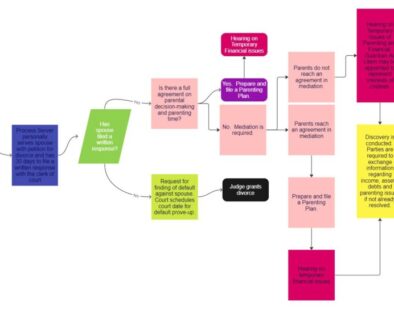Revocable Living Trust: A Comprehensive Guide
A revocable living trust is a legal document that is used to manage an individual’s assets during their lifetime and distribute them after their death. The trust is created by the grantor, who is the person who owns the assets, and the trustee, who is the person responsible for managing the assets in the trust. In this blog, we will discuss the benefits of a revocable living trust and how it works.
Benefits of a Revocable Living Trust
-
Avoid Probate
A revocable living trust helps to avoid probate, which is the legal process of settling an individual’s estate after their death. Probate can be time-consuming, expensive, and public. When assets are held in a revocable living trust, they do not go through probate because they are already owned by the trust.
-
Privacy
The probate process is public, which means that anyone can access the information about the assets and beneficiaries. A revocable living trust is a private document, and the information is not available to the public. This is especially important for individuals who value their privacy.
-
Control
A revocable living trust allows the grantor to maintain control over their assets during their lifetime. The grantor can change the terms of the trust or revoke it altogether. This is different from a will, which is a final document that cannot be changed once the individual passes away.
-
Asset Protection
A revocable living trust can provide asset protection for the beneficiaries. The assets in the trust are protected from creditors, lawsuits, and divorce. This is especially important for beneficiaries who may be vulnerable to these types of risks.
How a Revocable Living Trust Works
-
Create the Trust
The first step in creating a revocable living trust is to work with an estate planning attorney to draft the trust document. The grantor will need to choose a trustee to manage the assets in the trust.
-
Transfer Assets to the Trust
Once the trust is created, the grantor must transfer the ownership of their assets to the trust. This includes real estate, bank accounts, investments, and other assets. The grantor should work with their attorney to ensure that all assets are properly transferred to the trust.
-
Manage the Trust
The trustee is responsible for managing the assets in the trust according to the terms of the trust document. This includes making investments, paying bills, and distributing assets to the beneficiaries.
-
Distribution of Assets
After the grantor passes away, the trustee will distribute the assets in the trust to the beneficiaries according to the terms of the trust document. The assets do not go through probate, which can save time and money.
Conclusion
A revocable living trust is an effective estate planning tool that can provide many benefits to the grantor and their beneficiaries. It can help to avoid probate, protect assets, and provide privacy and control. Working with an experienced estate planning attorney can help to ensure that the trust is created properly and the assets are transferred correctly. Consider a revocable living trust as part of your estate planning strategy.
Contact us today to setup your revocable living trust. We have the knowledge and experience to help.
Content contained on this site is for informational purposes only and should not be considered legal advice. You should consult an attorney of your choosing to discuss your particular case and to obtain legal advice specific to your situation.



